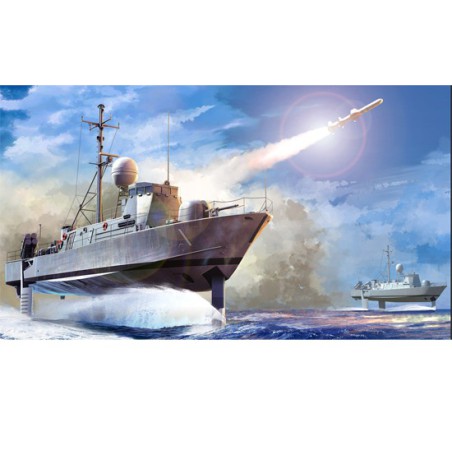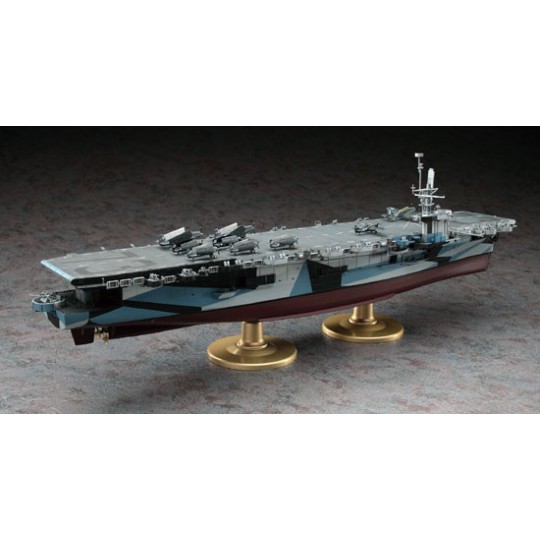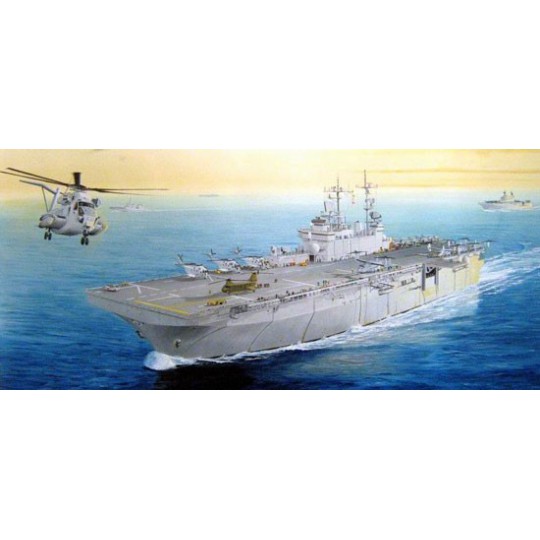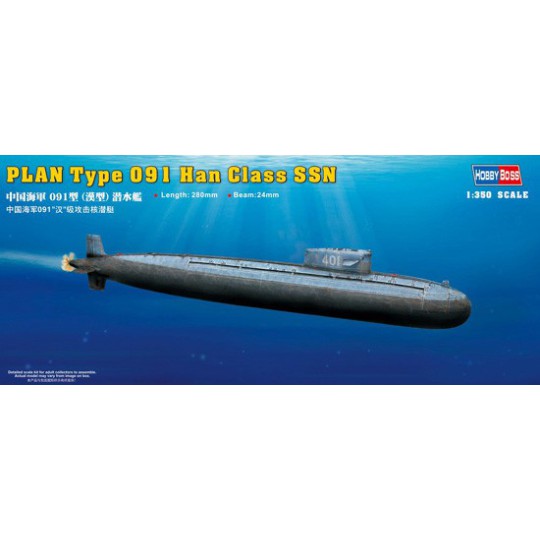-
-€14.17
-
Promotion
plastic boat model
9582005
USS PEGASUS PHM-1 1/200 plastic boat model
Save €14.17
€34.16
€19.99
VAT included
Contains display stand and engraved name plate. Photo etched parts included. More than 240 parts to assemble. Extremely detailled and fines parts.
USS Pegasus (PHM-1) was the lead ship of her class of hydrofoils operated by the United States Navy. Pegasus class vessels were designed for high speed and mobility, and carried a powerful (for their size) armament.
PHM 1 Pegasus hydrofoil boats were designed to operate offensively against hostile surface combatants and other surface craft; and conduct surveillance, screening and special operations. The six PHMs of the Pegasus class formed a single squadron which operated from Key West. They were the Navy's fastest ships when foil borne and driven by their single gas turbine. They had good range on their diesels, excellent sea keeping qualities, amazingly fast response to requirements for speed, and a potent punch. They established an unusually high availability rate while participating in a variety of missions, including significant involvement in the national drug interdiction program.
The PHM project was started in early 1970 by CNO Admiral Elmo Zumwalt in an effort to increase the Navy's number of surface combatants. The project called for a cost-effective hydrofoil boat designed to operate in coastal waters and equipped to fulfill the missions of destroyers and frigates in those areas so that these larger ships could be deployed to areas where they are needed most. These missions included surface surveillance as well as immediate responses such as Surface-to-surface missiles (SSM) to any hostile actions conducted by enemy navies.
The PHM project was not only a US project. Other countries involved included Italy, Germany, Canada and Great Britain. During the initial phase of the project it was planned to build up to 100 hydrofoil boats for the NATO navies.
Following the retirement of Admiral Elmo Zumwalt the Navy reduced funding for the PHM project. Due to the lack of money it was decided to use available monies for larger fleet units instead. The increasing costs of the PHM project finally resulted in the completion of only one PHM, the USS Pegasus, although the construction of this ship had to be stopped for awhile in 1974 again due to the lack of funds. At that time, the ship was only 20% completed.
- Degree of finish
- To build
- Ladder
- 1/200
- Product types
- Plastic building models
- Types of models
- Plastic boats models
- Vehicle types
- Boats
- States
- Promotion
Customers who bought this product also bought:
Products you might like



















































